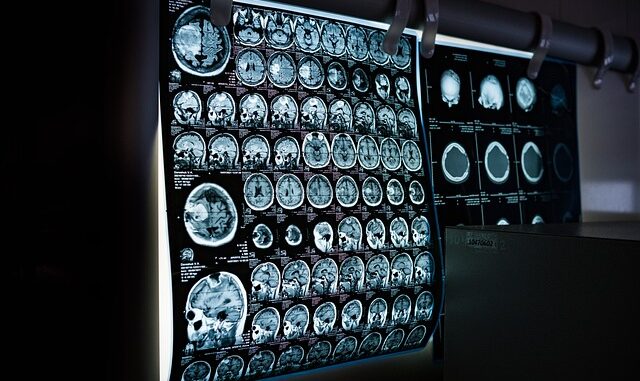
Summary
This article discusses the vulnerability of healthcare data in the UK, focusing on a 2011-2012 breach affecting 1.8 million records and the broader implications for patient trust and the healthcare system. It also examines the growing threat of ransomware attacks, particularly to smaller, rural hospitals, and their devastating financial and operational impact. The article concludes by emphasizing the urgency of robust cybersecurity measures in healthcare.
Safeguard patient information with TrueNASs self-healing data technology.
** Main Story**
Okay, so let’s talk about something that still makes me a bit uneasy – data security in healthcare. You know, it’s not just about numbers and networks; it’s about people’s lives and trust, and frankly it is critical.
Remember that NHS data breach from way back in 2011-2012? Yeah, that one where 1.8 million people’s health records were exposed. Sixteen separate breaches, mind you, across different parts of the NHS. Honestly, it’s a stark reminder that protecting patient info is an ongoing battle, even now, over a decade later.
That NHS Breach: A Real Wake-Up Call
Now, it wasn’t just one big whoopsie; it was sixteen major incidents spread out over a year. Sixteen! And these happened across multiple NHS trusts. Seriously, it was like the system itself had cracks, you know? So the Information Commissioner’s Office (ICO) stepped in, as they should, and slapped fines totaling £1 million.
One of the biggest hits was Brighton and Sussex University Hospitals NHS Trust, they got fined £325,000 for selling hard drives containing patient information online! Can you believe it? Then there was Belfast Health and Social Care Trust, they got hit with a £225,000 fine for leaving sensitive data unsecured at a closed hospital. I mean it wasn’t great, and demonstrated the importance of compliance; but also how easy it is to forget the basics.
Ransomware: The Constant Shadow
And it’s not just individual slip-ups, it’s the constant threat of ransomware. I’m sure you’ve heard the horror stories: hospitals held hostage by hackers, patient data encrypted, and lives potentially at risk.
It’s really troubling. Healthcare is uniquely vulnerable; they rely so heavily on digital systems, and the data they hold is incredibly sensitive. Think about it – medical histories, personal details, financial information. It’s all there.
When Ransomware Strikes: The Real-World Impact
When ransomware locks down a hospital, it’s chaos. Operations grind to a halt, treatments get delayed, and, tragically, people can die. A hospital I consulted for once, got hit with a ransomware attack – they had to divert emergency cases to other facilities, and those neighboring hospitals were swamped.
There was a study from UC San Diego and, get this, they found that ransomware attacks led to an 81% increase in cardiac arrest cases at nearby hospitals. And survival rates? Down. Down, significantly. Not to mention the financial hit. These attacks average around $4.4 million in ransom payments. Think of what the NHS could do with that.
Healthcare: Why the Bullseye?
Why are healthcare institutions such juicy targets? Well, think about it. They have all of that valuable patient data. The cost of downtime is astronomical, which incentivizes them to pay up quickly. You know, to get back online and save lives. And smaller providers, especially in rural areas, they often lack the resources for robust cybersecurity defenses. Which leaves them vulnerable.
Trust: The Foundation of Healthcare
But here’s the thing that really gets to me: data breaches erode patient trust. And trust is everything in healthcare. If patients are worried about their information being leaked, they might not be honest with their doctors. They might hesitate to share crucial details. Which impacts their care. And that’s a slippery slope to poor outcomes.
These breaches can expose patients to more than just identity theft. Think medical identity theft. Criminals using stolen identities to get medical care and that corrupts a patient’s medical record with false information. That can lead to life-threatening errors down the line.
The Bottom Line: Cybersecurity is Non-Negotiable
Look, the growing threat of data breaches and ransomware attacks makes a strong case for robust cybersecurity. It’s not optional; it’s essential. Organisations have to prioritize data protection. Cybersecurity protocols, employee training, secure data disposal practices and regular security assessments, are must haves.
Frankly, the only way you can stay on top of it is to use the best compliance tools to find vulnerabilities and keep breaches from happening. You know, investing in cybersecurity isn’t just about protecting data; it’s about safeguarding patient trust, organizational reputation, and financial stability, and that’s where the future of healthcare is headed.


The statistic about the increase in cardiac arrest cases following ransomware attacks is particularly alarming. How can healthcare providers balance the need for advanced digital systems with the imperative to maintain robust cybersecurity, especially in resource-constrained environments?